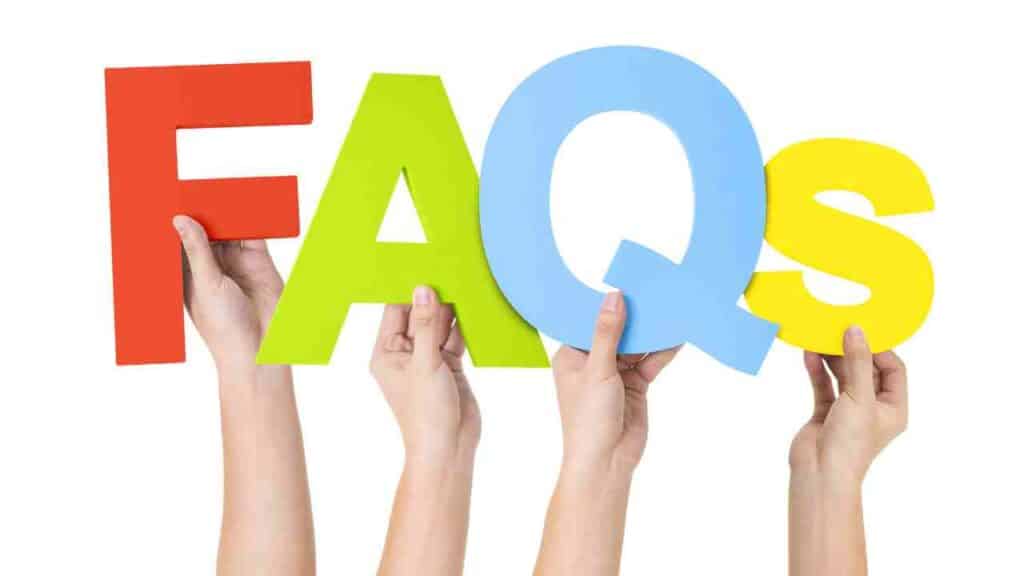Synchronizing Third-Party Applications with CRM

In today’s digital age, businesses rely heavily on customer relationship management (CRM) systems to streamline their sales and marketing processes. These systems help businesses manage customer data, track interactions, and improve overall customer satisfaction. However, many businesses also use various third-party applications to enhance their operations, such as email marketing tools, social media platforms, and project management software. To maximize the benefits of these applications, it is crucial to synchronize them with the CRM system. In this article, we will explore the importance of synchronizing third-party applications with CRM and how it can benefit businesses.
1. Streamlining Data Management
One of the primary benefits of synchronizing third-party applications with CRM is the ability to streamline data management. When different applications are not synchronized, businesses often face the challenge of manually transferring data between systems. This manual process is not only time-consuming but also prone to errors. By synchronizing third-party applications with CRM, businesses can automate the data transfer process, ensuring that all systems have access to the most up-to-date and accurate information.
For example, consider a business that uses an email marketing tool to send newsletters and promotional emails to its customers. By synchronizing this tool with the CRM system, the business can automatically update customer contact information, track email interactions, and segment customers based on their engagement levels. This integration eliminates the need for manual data entry and ensures that the CRM system remains the central hub for customer information.
2. Enhancing Sales and Marketing Efforts
Synchronizing third-party applications with CRM can significantly enhance sales and marketing efforts. By integrating applications such as email marketing tools, social media platforms, and customer support systems, businesses can gain a holistic view of their customers’ interactions and preferences.
For instance, when a customer interacts with a business’s social media post, the CRM system can automatically capture this interaction and update the customer’s profile. This information can then be used to personalize marketing campaigns, tailor product recommendations, and provide better customer support. By synchronizing these applications, businesses can create a seamless customer experience and improve their overall sales and marketing effectiveness.
3. Improving Efficiency and Productivity
Synchronizing third-party applications with CRM can also improve efficiency and productivity within an organization. When applications are not synchronized, employees often waste time switching between different systems, manually entering data, and searching for information. This inefficiency can hinder productivity and lead to errors.
By integrating third-party applications with CRM, businesses can provide their employees with a unified platform where they can access all relevant information and perform their tasks more efficiently. For example, a sales representative can view a customer’s purchase history, email interactions, and social media engagement all within the CRM system. This integration eliminates the need to switch between multiple applications, allowing employees to focus on their core responsibilities and improve overall productivity.
4. Gaining Actionable Insights
Another significant advantage of synchronizing third-party applications with CRM is the ability to gain actionable insights from the combined data. When applications are integrated, businesses can analyze data from multiple sources to identify patterns, trends, and correlations that can inform their decision-making process.
For instance, by synchronizing an e-commerce platform with CRM, businesses can analyze customer purchase behavior, identify cross-selling opportunities, and personalize product recommendations. These insights can help businesses optimize their sales strategies, improve customer satisfaction, and drive revenue growth.
5. Case Study: XYZ Company
To illustrate the benefits of synchronizing third-party applications with CRM, let’s consider the case of XYZ Company, a small e-commerce business. XYZ Company uses a CRM system to manage customer data, track sales, and automate marketing campaigns. However, they also use various third-party applications, including an email marketing tool and a social media management platform.
Before synchronizing these applications with CRM, XYZ Company faced several challenges. They had to manually transfer customer data between systems, resulting in data inconsistencies and wasted time. Additionally, they struggled to personalize their marketing campaigns and lacked a comprehensive view of their customers’ interactions.
By synchronizing the email marketing tool and social media management platform with CRM, XYZ Company experienced significant improvements. They were able to automate the data transfer process, ensuring that all systems had access to the most up-to-date customer information. This integration allowed them to personalize their marketing campaigns based on customer interactions, resulting in higher engagement and conversion rates.
Furthermore, XYZ Company gained a holistic view of their customers’ interactions by capturing social media engagements within the CRM system. This information helped them identify customer preferences, tailor product recommendations, and provide better customer support.
Synchronizing third-party applications with CRM is essential for businesses looking to streamline their operations, enhance sales and marketing efforts, improve efficiency and productivity, and gain actionable insights. By integrating applications such as email marketing tools, social media platforms, and customer support systems, businesses can create a seamless customer experience, automate data management processes, and make informed decisions based on combined data.
With the help of platforms like SaasExpert.ca, businesses can easily synchronize their third-party applications with CRM, unlocking the full potential of their sales and marketing efforts. By leveraging the power of integration, businesses can stay ahead of the competition and deliver exceptional customer experiences.
Check out this blog post on “Assimilating Third-Party Software with CRM” right here.
Frequently asked questions about Synchronizing Third-Party Applications with CRM.

1️⃣ Why should I synchronize third-party applications with my CRM? Isn’t my CRM enough?
Ah, the age-old question! 😊 Your CRM is indeed a powerful tool, but think of it like the quarterback on a football team—it’s way more effective when it’s in sync with the other players. 🏈 Third-party apps, such as marketing automation tools, payment gateways, or customer support platforms, add specialized functionalities that your CRM might not natively offer. Synchronizing them with your CRM allows for a more 360-degree view of your customer interactions, seamless data flow, and ultimately a more efficient business operation. 🔄
2️⃣ I’ve heard about API. What is it and do I need to understand it to synchronize third-party apps?
APIs (Application Programming Interfaces) can sound intimidating, but they’re basically a set of rules that allow different software applications to communicate with each other. 🗨️ You don’t need to be an API expert to sync third-party apps with your CRM. However, a basic understanding can help you communicate more effectively with your tech team or vendor. 🤓 Many CRMs and third-party apps offer pre-built integrations that make the process almost as easy as clicking a few buttons. So don’t worry too much about the tech jargon—you can leave that to the experts!
3️⃣ What steps should I follow to ensure a smooth synchronization of third-party apps with my CRM?
Great question! A step-by-step approach can save you a lot of headaches. 🤕
Identify Needs: Know what you want to achieve with the synchronization. 🎯
Research Compatibility: Make sure the third-party app is compatible with your CRM. 🤝
Backup Data: Always backup your existing data before performing any integration. ☁️
Test: Start with a small data set to test the synchronization. 🧪
Implement: Roll out the integration, monitor, and adjust as necessary. 🚀
Remember, preparation is key, but so is flexibility—be ready to adapt as you go. 🛠️
4️⃣ What challenges can I expect when synchronizing third-party apps with my CRM?
Ah, the path to success isn’t always smooth, but it’s worth it! 🌈 You might encounter:
Data Duplication: Duplicate data can clutter your CRM and affect data integrity. 📊
Inconsistent Data: Mismatched fields can lead to fragmented and inconsistent information. ❗
Cost: Beyond the subscription costs of third-party apps, there might be additional costs for synchronization. 💸
Technical Hitches: APIs can sometimes be buggy or have downtime. 🐞
Just remember, challenges are really just opportunities to learn and adapt! 🌱
5️⃣ How do I know if the synchronization is successful? Are there any key performance indicators (KPIs) I should be looking at?
You hit the nail on the head—measuring is knowing! 📏 KPIs can include:
Data Accuracy: Are the fields updated correctly across platforms? ✅
Time Efficiency: How much time is saved by automating processes? ⏰
User Adoption: Is your team actually using the new features? 🙋♂️🙋♀️
ROI: Are you getting a return on your investment? This could be in the form of increased sales, customer satisfaction, or other metrics that matter to your business. 📈
If you’re hitting these marks, you’re likely on the right track! 🌟
- crm
- customer relationship management
- Synchronizing Third-Party Applications with CRM
- What is CRM Software?






